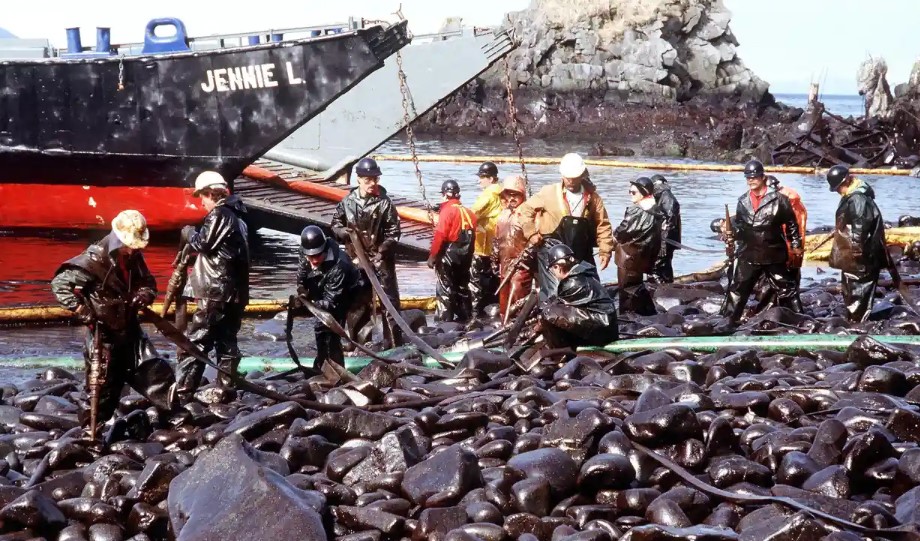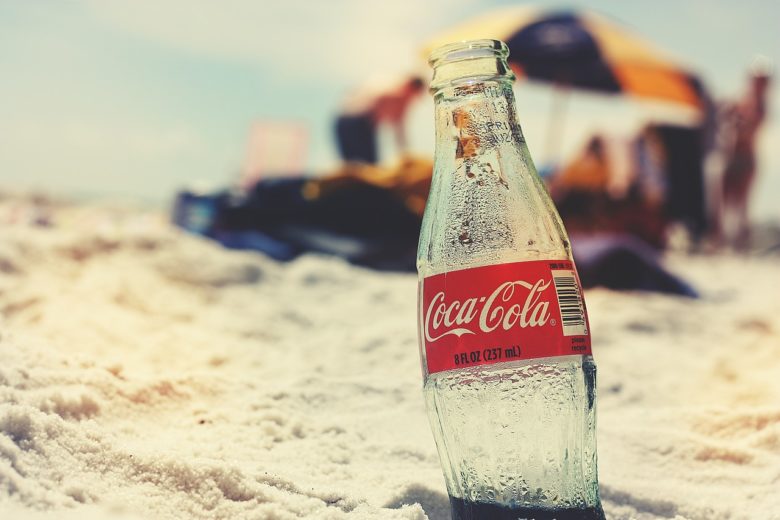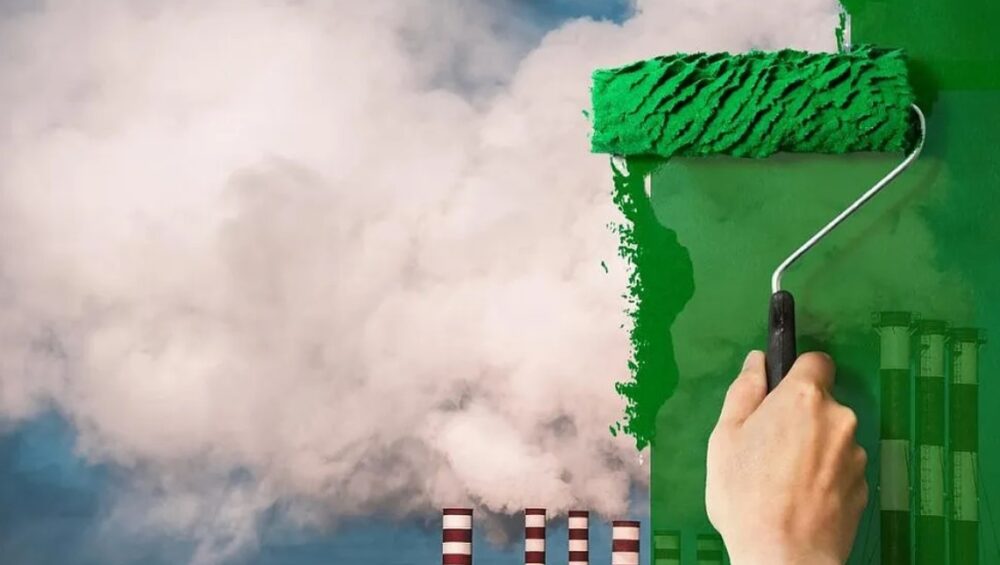With the escalation of the global trend to preserve the environment, and the growing awareness of environmental issues, climate change issues, and sustainability, consumer demand for environmentally friendly products is growing, and many brands are rushing to promote the adoption of environmental initiatives to reduce pollution and use clean energy.
Translated by NCEJ:
The irony is that many of these brands do not actually adhere to what they promise, which leads to consumers’ scepticism and erosion of their confidence in similar initiatives, which is also reflected in some of the theme’s disregard for all environmental issues and their suspicion of everything related to them.
Beware of Greenwashing
According to the Green Print 2022 Sustainability Index, 75% of American consumers are concerned about the environmental impact of the products they buy. More than 68% of the individuals surveyed admitted to having read the leaflet on the product in order to be able to determine whether it is environmentally friendly or not, a figure that jumps to 78% in the case of Generation Z and Millennials. More importantly, nearly two-thirds of respondents were willing to pay more for environmentally friendly products, while 38% of respondents indicated that the events of climate change in the past few years had prompted them to change their buying habits.
And so with this growing environmental awareness, many brands have set out to catch up, whether by initiating real environmental initiatives or even by contenting themselves with buzzwords and consumer misinformation, which is what is called “greenwashing” today. The term was first coined in a critical article by environmental scientist Guy Westerfield published in 1986, in which he criticized hotel practices that encouraged their guests to reuse towels, invoking the environment.
Green washing means “circumvention” practices claimed by some brands, by spreading misleading or ambiguous claims about their environmentally friendly practices. For example, a brand may claim that it offers products made from recycled materials, that its production helps save energy, or that its products are less wasteful of natural resources. Sometimes these claims are relatively true, but some companies exaggerate their claims or the benefits of their practices, in an attempt to mislead consumers into buying their products. (1)

Green Scandals
Over the past two decades or more, the world’s largest carbon emitters have sought to re-present themselves and polish their image as environmentally friendly companies, through advertisements or initiatives that promote reducing pollution and using clean energy, while the reality remains darker than you imagine.
In fact, global markets have witnessed many scandals in this area, the most famous of which is Volkswagen’s resort to cheating on emissions tests in its cars. While the company touted the benefits of its green, low-emissions cars, the engines of these cars were in fact emitting up to 40 times the permissible limit of nitrogen oxide pollutants.
Another famous example is the so-called Exxon Valdez spill, when a giant ExxonMobil oil truck spilled in 1989, spilling 11 million gallons of crude oil in Alaska and covering an area of 1,300 miles of coast, in what was considered one of the worst oil spills in the world and United States history.
And even after more than 30 years, its impact still lingers in some locations, which led to ExxonMobil being criticized for its advertisements in which it indicated that experimental biofuels from algae could reduce transportation emissions, while Its stated emission reduction targets for 2021 did not include the vast majority of emissions from its products.
Among the food companies that have been implicated in greenwashing is also Nestle, which issued a statement in 2018 in which it stated its ambitions to have its packaging 100% recyclable by 2025, a statement that was sharply criticized due to the lack of goals or timetable. It is clear to keep pace with such ambitions, which makes them mere glamorous promises devoid of meaning, especially given that the company occupies an advanced position in the report of the “break free from plastic” organization issued in 2020 as the fourth most productive brand of plastic waste after” Coca-Cola, Pepsi, and Unilever. (2)

Even you, IKEA!
Coca-Cola, ranked the world’s most polluting brand of plastic, came under fire after it announced in 2020 that it was unwilling to abandon plastic packaging, which it claimed was popular with customers. (3)
But at the same time, a spokesperson for the company announced that it has a commitment to take back every bottle it sells by 2030 so that none ends up in the trash or in the oceans, and so that plastic can be recycled into 100 percent new bottles, a statement that prompted Earth Island. The Earth Island Institute has filed a lawsuit against Coca-Cola for its falsehoods about sustainability. (4)
Even Ikea, which is one of the most important brands associated with sustainability and environmental issues, fell into the trap. In 2020, the company faced accusations in a report issued by the British environmental organization Earthsight that linked it to a Ukrainian company that cuts illegal forests The organization described the timber scheme used by IKEA as a “woodworking washing organization”. (5)
As for clothing brands, many of them have been implicated in environmental misinformation and green washing practices for many years, especially after consumers have become more aware of the dangers of the fast fashion industry to the environment. For example, in 2019, H&M launched its own “green” clothing line called Conscious, claiming that it uses “organic” cotton and recycled polyester.
But the new line soon turned out to be a misleading marketing tactic, with H&M facing criticism because the information provided on sustainability was not clear. The Changing Markets report also found that nearly 60% of the information provided were misleading or unsubstantiated claims, and found that one in five items used in this line are made from 100% synthetic materials derived from fossil fuels. %.
According to environmental activist Toulmia Gregory, “The brand will not be sustainable as long as the business model is based on fast fashion and profits, no matter how many organic shirts you make.” (6) (7)
Black Mirror
We may wonder why consumers are sometimes indifferent to environmental issues, and their disregard for everything related to sustainability, climate change and other issues even though they directly affect their daily lives, but we may understand the reasons for this when observing their frequent and repeated exposure to misinformation and marketing deception for brands, which makes consumers suspicious In such allegations, especially with the increasing scandals and lawsuits associated with the names of major companies.
Over time, consumers develop a firm perception of corporate hypocrisy that makes them view environmental initiatives and commitments with scepticism, and find it difficult to trust them, which Thomas B. Leon, a professor of business administration at the University of Michigan, warns, who pointed out that most environmentally friendly advertising has become exposed. To criticize, ridicule or ignore at best, due to consumers’ inability to differentiate between the real and the fake.
Leon warns that consumers’ growing disdain for these kinds of environmental campaigns and advertising makes them risky ventures for the companies involved. Such claims also lead to unintended adverse environmental effects, when consumers choose less sustainable products more broadly due to a loss of confidence in corporate propaganda.
Although the phenomenon of green washing has existed for many years, it has increased in recent years due to companies seeking to meet high consumer demands for more environmentally friendly products and services, but there are many reasons that lead to companies failing to implement their goals, which leads to the classification of their practices as “Green wash.
Often, companies are not intended to mislead, but simply lack the competence or resources to implement these initiatives, or they may overestimate their environmental credentials. (8)
Other times companies make relatively valid but misleading claims to distract the consumer from the true environmental and health risks of their product, one of the clearest examples being organic cigarettes. (9)

The cosmetics market is also one of the areas in which this method is used extensively, as it plays a dual goal among consumers between the desire to preserve the environment, and the fear of the negative effects of chemicals on their health. Thus, we see hundreds of cosmetics that are promoted as being made from all-natural or chemical-free products, without explaining the alternatives used, which are sometimes more toxic substances.
Source:
Al Jazeera Net – Translated by NCEJ
Margins
1- What Is Greenwashing?
2- Brand Audit 2021
3- This article is more than 1 year old Coca-Cola, Pepsi and Nestlé named top plastic polluters for third year in a row
4-Earth Island Institute Files Lawsuit Against Coca-Cola for False Advertising :: Earth Island Institute
5- IKEA imports wood from illegally destroyed natural forests
- H&M greenwashing is ‘disguising the reality’ of fast fashion
7- 10 Companies Called Out For Greenwashing
8- How Greenwashing Affects the Bottom Line
9-.Do You Know What You’re Buying?







1 Comment
I’m vey happy too find tis website. I want tto to thank you for onees ime due
to this fantasic read!! I definitely lovdd everey bit of iit
aand I have yyou boo marked too check outt neww stuff
inn your webb site.